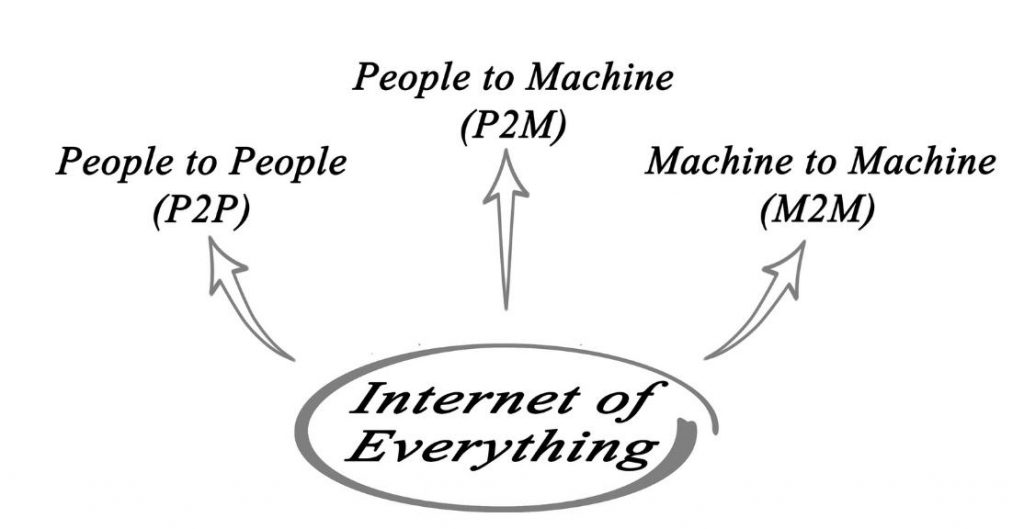What is The Internet of Everything(IoE)?
The Internet of Everything (IoE) can make lives easier in several ways. For example, connected devices can track user habits and make recommendations based on their activities. The devices may also help people choose better products and services. In addition, the IoE can provide valuable information for businesses, such as customer health, which can help them improve their product offerings.
Today, nearly everyone in the developed world is connected to the internet. This trend has expanded beyond traditional devices like smartphones and laptops to everyday objects like smart refrigerators, smart TVs, and wearable fitness monitors. IoT devices are also increasingly being used in businesses, including industrial control systems and smart building infrastructure.
As IoT continues to gain momentum and expand its reach, companies will need to invest in the underlying IT infrastructure. These investments are critical to making the most of the IoT’s benefits. The IoT will require businesses to invest in new technologies and infrastructure to handle the growing amount of data generated by connected devices.

An Introduction to the Internet of Everything
The Internet of Everything (IoE) is a growing field of technology and services connected to the internet. The technology helps users interact with one another and collect data, which businesses can use to tailor their products and services. For example, smart helmets can access patient records and locate a nearby hospital. They can also report to doctors about the patient’s condition, allowing them to prepare for treatment in advance. Smart sports apparel and wearable fitness bands can also help track a user’s health.
The IoE offers rich new opportunities for businesses. It can be used to build flexible organizations. Businesses can harness data to make faster and more informed decisions. The data can be gathered from multiple sources and processed through standardized processes. Businesses can make better decisions and create new opportunities across industries by enabling these processes.
The Internet of Everything has the potential to revolutionize our interaction with the world. It can enable new ways to control and intervene in processes at the molecular level. But these new technologies require novel engineering solutions to ensure their success. The technologies required to enable the Internet of Everything will have to address unique connectivity and spectrum scarcity issues, as well as interoperability and energy-efficiency issues.
Difference between the Internet of Everything and the Internet of Things
The Internet of Everything (IoE) is an extension of the Internet of Things (IoT). This new network consists of people and machines and includes more data and actors. IoE solutions can produce results similar to those in sci-fi movies if properly implemented. However, implementing IoE solutions could require massive investments in infrastructure. The real test of IoT and IoE will be when the cost of IoT components becomes affordable, and corresponding infrastructures are ready.
One of the key differences between IoT and IoE is how data is processed. With IoT, ordinary objects are fitted with sensors, which collect and store information. This data is then processed and used for valuable insights. These data are often used to empower or control several IoE systems.
IoE relies on sensors placed throughout production machinery. These sensors can detect several factors, such as physical damage and monetary loss. The data generated by sensors can also provide prior warnings, preventing costly repairs. It can also predict how long equipment will last, helping with preemptive maintenance. These benefits are clear: early detection means less downtime and less expensive repairs.
IoT and IoE differ in how the data is collected, analyzed, and transformed. The former includes machine-to-machine communication, while the latter includes machine-to-human communication and technology-assisted people-to-people interactions. In other words, IoE is about bringing people and objects together.






